The Origins of Climate Awareness in the Legal Academy
Legal Planet
SEPTEMBER 30, 2021
But it’s not totally clear what he meant, because “climate change” was used at the time to refer to a range of issues including acid rain, damage to the ozone layer, local weather control efforts, and desertification. In one sentence of a 1975 article, John Barton referred to “climate change” as a potentially severe long-term problem.


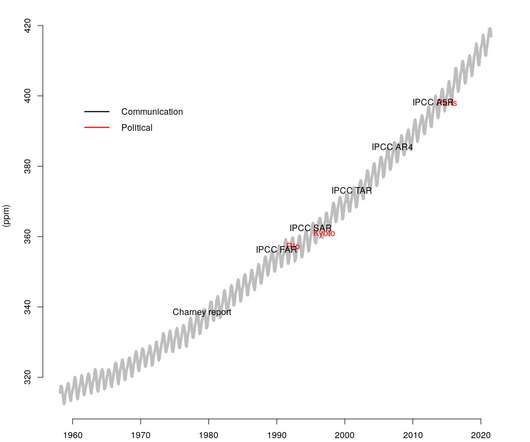

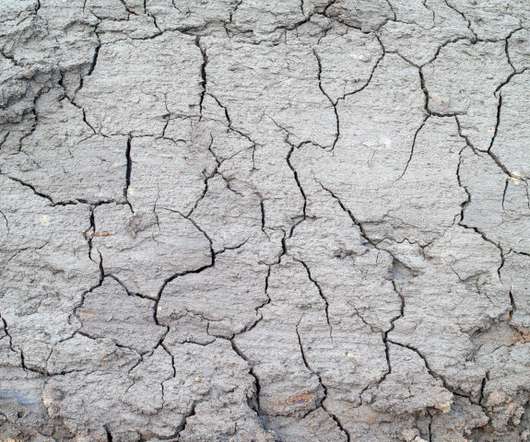
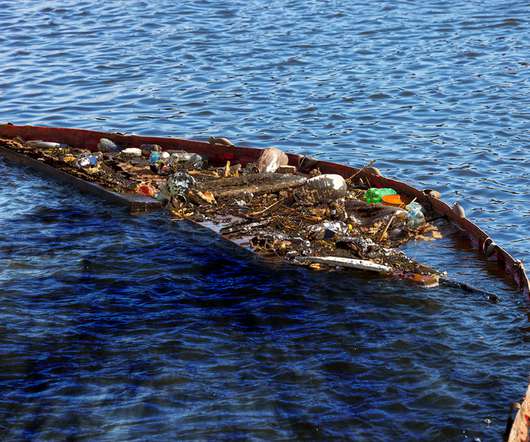

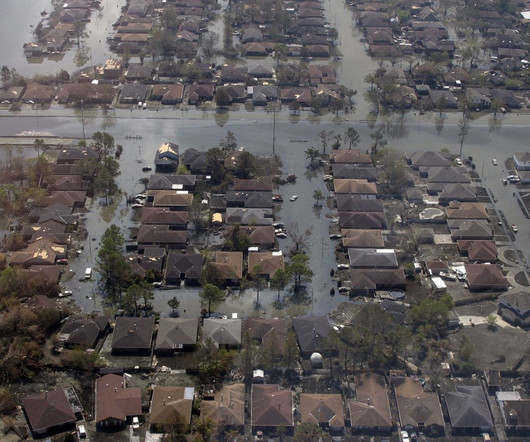
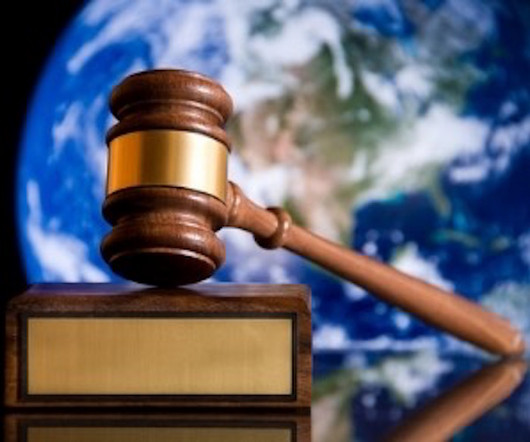

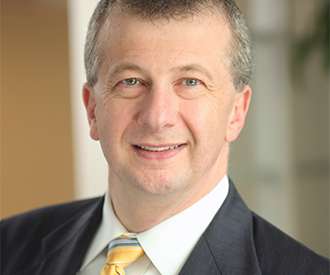






Let's personalize your content